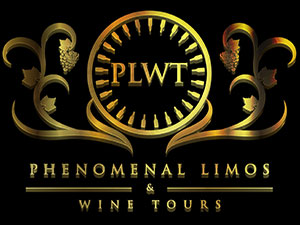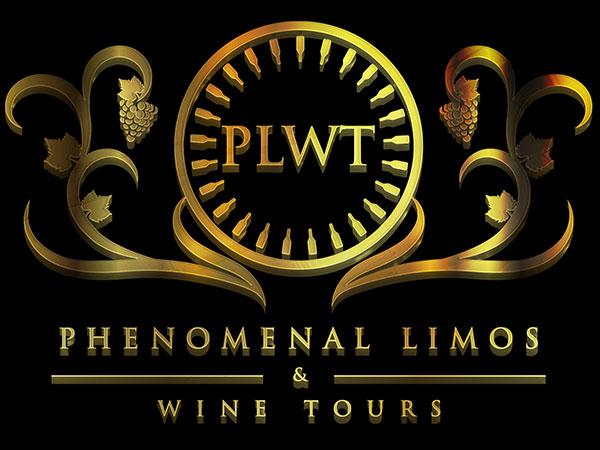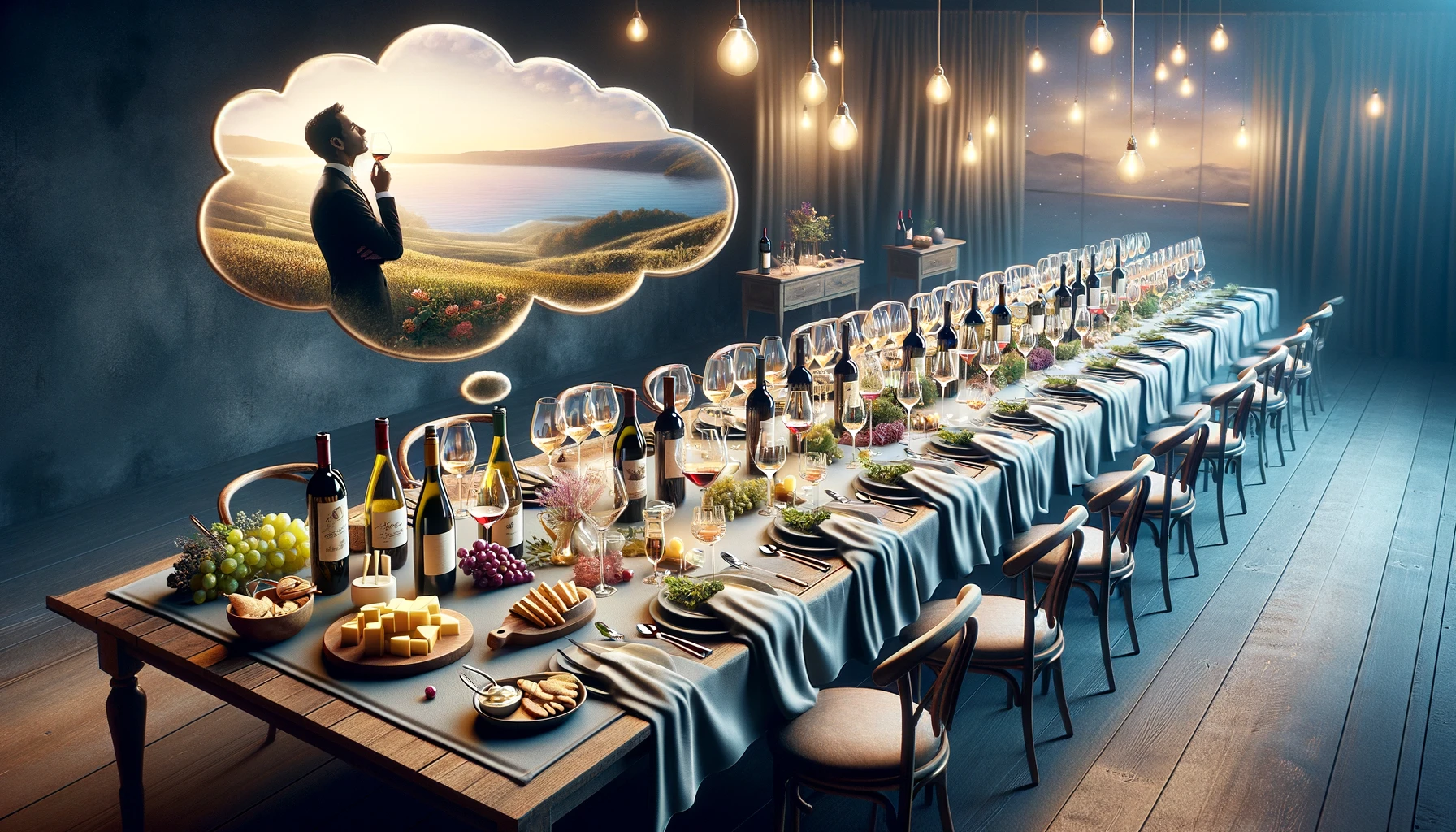
Ever received an invitation to a wine tasting party and wondered what to expect? Whether you’re a seasoned wine connoisseur or a curious beginner, these gatherings offer a delightful opportunity to explore the world of wines. This guide will unveil the etiquette, format, and essential elements to ensure you have a fun and informative experience at your next wine tasting event.
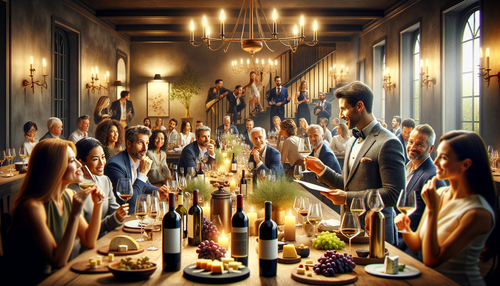
The Art of Wine Tasting
The Power of Observation:
Swirling the Wine:
This seemingly simple act plays a crucial role in unlocking the wine’s aromatic potential. Hold the glass by the stem, not the bowl, to avoid transferring your body heat to the wine. Gently swirl the wine for a few seconds. This motion agitates the surface of the wine, releasing trapped aromatic compounds and allowing them to rise up towards your nose.
Visual Inspection:
As the wine settles after swirling, take a moment to appreciate its color. Hold the glass up to a well-lit background (ideally natural light) and tilt it slightly. For white wines, the color can range from pale yellow or greenish hues to a deeper gold with hints of amber. Rose wines will display a spectrum of pink shades, while red wines can vary from light ruby to deep garnet or even a near-opaque purple. The color can offer clues about the grape varietal, age of the wine, and even production methods.
Clarity and Viscosity:
While some wines, particularly older ones, may have a slight sediment, the wine should generally be clear. Cloudiness or haze can indicate a flaw in the winemaking process or improper storage. Next, observe the “legs” or “tears” that form on the inside of the glass as you swirl and tilt it. These streaks of wine that run down the sides are influenced by the wine’s alcohol content and viscosity. Thicker legs may suggest a higher alcohol content or a fuller-bodied wine.
Unveiling the Aromas:
The First Sniff:
Once the wine has been swirled, bring the glass close to your nose and take a deep inhale. Don’t plunge your nose directly into the glass, but rather hold it slightly above the rim. This allows you to capture the broader spectrum of aromas without overwhelming your olfactory senses.
Identifying Scents:
The world of wine aromas is vast and complex. Common primary aromas are derived from the grape varietal itself and can include fruity notes (citrus, berries, stone fruits), floral scents (violets, roses), herbal hints (peppermint, thyme), or even earthy characteristics (mushroom, damp soil). Secondary aromas arise from the winemaking process, such as oak barrel aging which can impart notes of vanilla, toast, or spice. With experience, you’ll be able to identify more specific aromas and build your olfactory vocabulary.
Swirling and Sniffing Again:
The act of swirling not only releases the initial burst of aromas but also continues to unlock more subtle scents as the wine interacts with air. Don’t be afraid to swirl the wine again after your first sniff and take another inhalation. The aromatic profile of a wine can evolve and reveal new dimensions over time.
Taking a Sip: An Exploration of the Palate
The moment of truth arrives – the first sip! Here’s where the magic happens as you engage your taste buds and truly experience the wine.
- The Sip: Take a small amount of wine, ideally no larger than a teaspoon. This allows you to savor the flavors without overwhelming your palate.
- Swirling and Coating: Once the wine is in your mouth, gently swish it around. This action helps disperse the wine, coating your entire tongue and activating different taste receptors. Pay attention to how the wine feels on your tongue – is it smooth or slightly textured?
- Identifying Basic Tastes: Our taste buds can primarily detect five basic taste sensations: sweet, sour (tart), salty, bitter, and umami (savory). As you swish the wine, try to identify which of these basic tastes are dominant. For example, a white wine might be predominantly sweet with hints of citrus, while a red wine might be more tart with notes of berries.
- Body and Texture: Beyond basic tastes, consider the wine’s body. Body refers to the weight and mouthfeel of the wine. Light-bodied wines feel lighter and thinner on the tongue, while full-bodied wines feel heavier and more viscous. Medium-bodied wines fall somewhere in between.
- The Finish: After swallowing, pay attention to the lingering taste sensations, known as the finish. A long finish suggests a more complex wine, while a short finish indicates the flavors dissipate quickly. The finish can also reveal additional taste components, such as tannins (a drying sensation felt in the mouth common in red wines) or minerality (a taste reminiscent of rocks or earth).
Taking Notes: Capturing Your Tasting Journey
Many wine tastings will provide notepads or sheets specifically designed for recording your observations. These notes become a valuable record of your tasting experience, allowing you to recall details later and identify wines you particularly enjoyed.
Here’s what to include in your notes:
- Wine Name: Always note the wine’s name, grape varietal (if known), and vintage (year of harvest).
- Color: Briefly describe the wine’s color – pale yellow, ruby red, etc.
- Aroma: Jot down the most prominent aromas you identified during the sniffing stage.
- Flavor: Record the primary and secondary flavors you tasted on the palate.
- Body: Indicate whether the wine felt light-bodied, medium-bodied, or full-bodied.
- Finish: Briefly describe the length and characteristics of the finish.
- Overall Impression: Write down your general thoughts on the wine – did you enjoy it? Would you recommend it?
Food Pairings: A Symphony of Flavors
Food pairings are a delightful aspect of many wine tastings. Carefully chosen snacks or appetizers can enhance the flavor profile of both the wine and the food. Here’s how to appreciate the interplay between food and wine:
- Complementary Flavors: Ideally, the food should complement the wine’s flavors. For example, lighter white wines pair well with fresh cheeses and seafood, while bolder red wines complement grilled meats and aged cheeses. Salty or fatty foods can also help balance the acidity in some wines.
- The Art of Experimentation: Don’t be afraid to experiment! Take a bite of the food pairing, then sip the wine again. Notice how the combination changes the taste experience. Certain flavors might become more pronounced, while others may become subdued.
- Cleansing Your Palate: Between tastings, cleanse your palate with small bites of neutral foods like crackers, bread, or plain water. This helps reset your taste buds and allows you to fully appreciate the next wine.
By engaging in this visual and olfactory exploration, you’ll begin to understand the unique characteristics of each wine and appreciate the intricate interplay between color, aroma, and the upcoming taste experience.
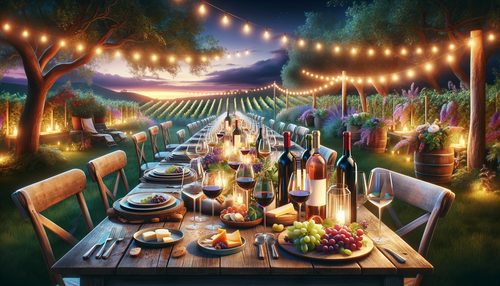
Setting the Stage – Preparation and Arrival
Understanding the Theme
Knowing the theme of a wine tasting party adds an extra layer of enjoyment and allows you to manage your expectations. Here’s a breakdown of common themes:
- Regional Focus: The tasting might explore wines from a specific region like Bordeaux, Napa Valley, or Italy’s Piedmont. Researching the prominent grape varietals and typical styles of that region can enhance your appreciation.
- Grape Varietal Exploration: This theme focuses on a single grape variety like Chardonnay, Cabernet Sauvignon, or Pinot Noir. Tasting wines made from the same grape but grown in different regions or vintages allows you to compare how factors like climate and winemaking techniques influence the final product.
- Vintage Exploration: Here, the focus is on wines from a specific year (vintage) across different regions or grape varietals. This theme allows you to observe how weather conditions during a particular year can impact the overall characteristics of the wines.
- Blind Tasting Challenge: This adds a fun, interactive element. Wines are served in opaque glasses, concealing their identity. Guests use their senses to identify the grape varietal, region, or vintage. It’s a great way to test your tasting skills and learn from others’ observations.
- Food Pairing Focus: This theme highlights the art of pairing specific wines with complementary foods. Guests taste wines alongside curated dishes to discover how the combination elevates the experience of both the wine and the food.
Optional Research: Once you know the theme, you can delve deeper (optional) by researching the featured wines or regions. Basic online searches or consulting wine apps can provide information on:
- Grape varietals: Learn about their typical flavor profiles and characteristics.
- Wine regions: Discover the unique climates, soil types, and winemaking traditions that influence the wines.
- Food pairings: Explore recommended food pairings for the specific wines being tasted.
Dress for the Occasion
Wine tasting parties can range from casual gatherings to more formal events. The host will typically provide a dress code suggestion on the invitation. Here’s a general guide:
- Casual: Think comfortable yet stylish. Opt for jeans paired with a blouse or sweater, or a casual dress.
- Business Casual: Elevate your attire slightly. For men, consider chinos or dress pants with a collared shirt or sweater. Women can choose a skirt or dress pants with a blouse or sweater.
- Formal: For a more formal event, dress to impress. Men might opt for a suit and tie, while women can choose a cocktail dress or pantsuit.
Key Points:
- Comfort is King: Regardless of the dress code, prioritize comfort. You’ll be standing, mingling, and holding a glass for extended periods.
- Mind the Scents: Avoid strong perfumes, colognes, or heavily scented lotions. These can overpower the delicate aromas of the wine.
What to Bring
Depending on the type of wine tasting party, you might need to bring a few things:
- Potluck Contribution: For casual potluck-style gatherings, you might be asked to bring a dish to share that complements the featured wines. If you’re unsure, reach out to the host for suggestions.
- Host’s Gift (Optional): A small gift for the host is a thoughtful gesture, especially if it’s your first time attending. Consider a bottle of wine you haven’t tried before, gourmet food items, or wine-related accessories.
- Designated Driver or Transportation Plan: If you plan to indulge in the tastings, ensure you have a designated driver or arrange for alternative transportation like ride-sharing or a taxi. Always prioritize safety and responsible consumption.
Arriving and Introductions
Making a Great First Impression:
- Punctuality is Key: Aim to arrive on time or slightly early. This shows respect for the host’s time and allows you to settle in before the tasting begins. Being late can disrupt the flow of the event and cause you to miss important information.
- Introductions and Mingle: Upon arrival, find the host and introduce yourself. Thank them for the invitation and express your excitement to be there. This sets a positive tone and shows appreciation for their hospitality. If it’s a small gathering, introduce yourself to other guests as well. Strike up conversations and ask about their wine interests.
- Embrace Curiosity: Don’t hesitate to ask questions! The host will likely be happy to answer any questions you have about the wines, the format of the tasting, or even general wine knowledge. This demonstrates your interest and helps you feel more comfortable participating.
Navigating the Social Scene:
- Be Mindful of Personal Space: While mingling, maintain a comfortable distance from others. Wine tastings can involve close interaction, but be respectful of people’s personal space.
- The Art of Conversation: Strike up conversations with fellow guests. Discuss your initial impressions of the venue, share past wine tasting experiences (if any), or ask their recommendations for favorite wines.
- Active Listening: Pay attention to others as they speak. Ask follow-up questions and avoid dominating conversations.
- Respecting Dietary Restrictions: If the gathering involves a potluck-style spread, be mindful of any dietary restrictions guests may have. If you brought a dish to share, consider mentioning any potential allergens it contains.
The Tasting Environment
Setting the Stage for Sensory Exploration:
- Illuminating the Experience: The lighting in the tasting area will likely be designed to enhance the experience. Ideally, it should be neither too bright nor too dim. Bright light can wash out the color of the wine, while dim light makes it difficult to see its clarity.
- Comfort is King: The seating arrangement will likely prioritize comfort. Chairs with backs are ideal for allowing guests to relax and focus on the tasting experience.
- The Essential Glassware: Wine glasses will be provided, typically one per person. These glasses may be different shapes and sizes depending on the types of wines being served. For instance, white wine glasses tend to be smaller and U-shaped, while red wine glasses are larger and bowl-shaped.
- The Art of Discarding: A spittoon, a receptacle specifically for discarding unwanted wine, may also be present. Spitting allows you to taste the wine without ingesting the alcohol, which is helpful for wanting to savor the full range of flavors without getting overly intoxicated. Look for a designated spittoon and use it discreetly.
- The Flow of the Tasting: Pay attention to how the wines will be presented. Traditionally, tastings follow a specific order, often starting with white wines and progressing to red wines. Within each color category, the order may go from lighter-bodied wines to fuller-bodied ones. This order allows your palate to adjust from lighter to more robust flavors. Knowing the order can help you prepare your senses for each new wine.
By understanding these details, you can arrive with confidence, make a positive first impression, and feel comfortable navigating the social aspects of a wine tasting party. Furthermore, being familiar with the tasting environment allows you to fully appreciate the wines being presented.
Conclusion
A wine tasting party is a fun and informative way to explore the world of wines. By understanding the format, coming prepared, and engaging your senses, you’ll be well on your way to appreciating the intricate world of wine. Don’t hesitate
